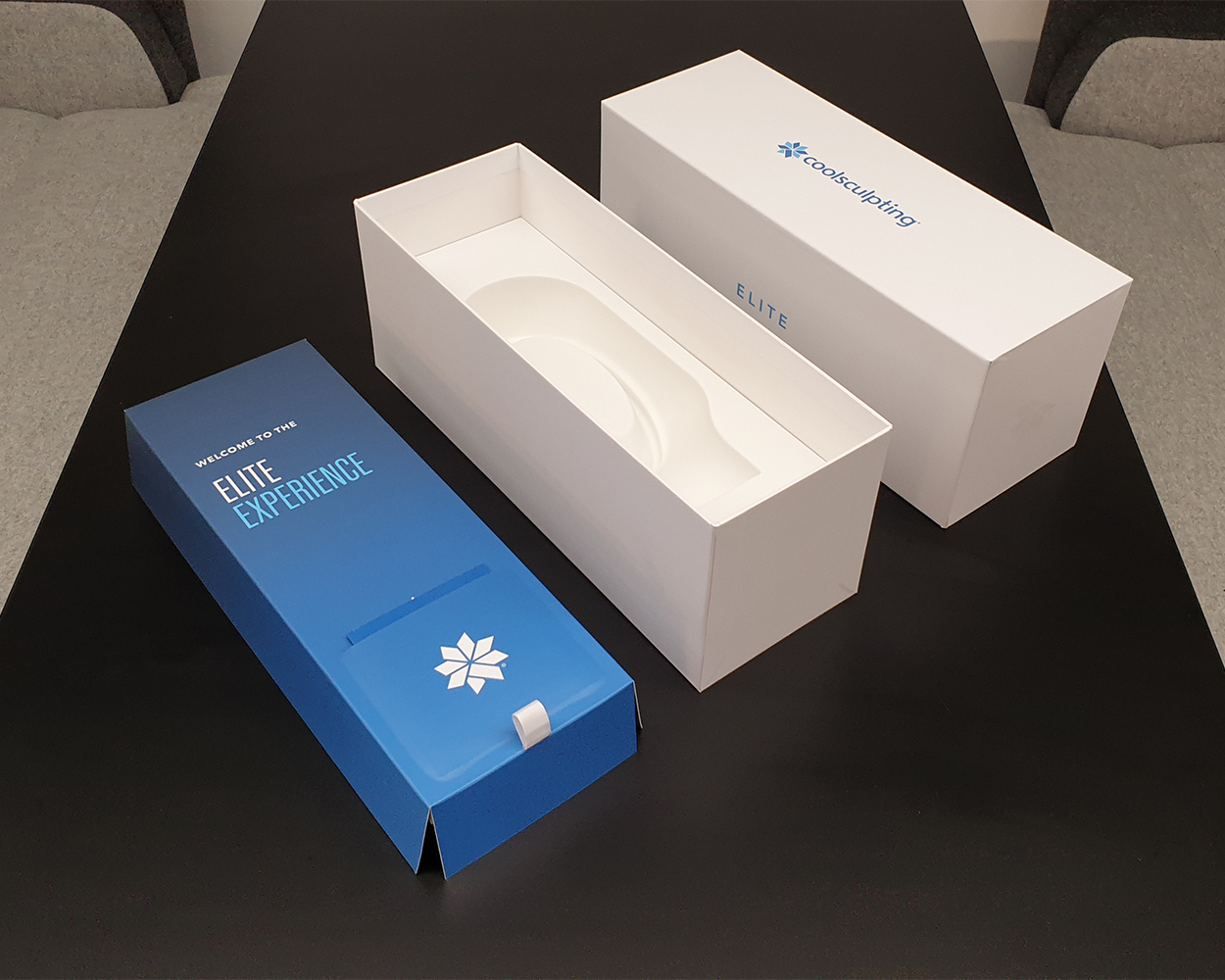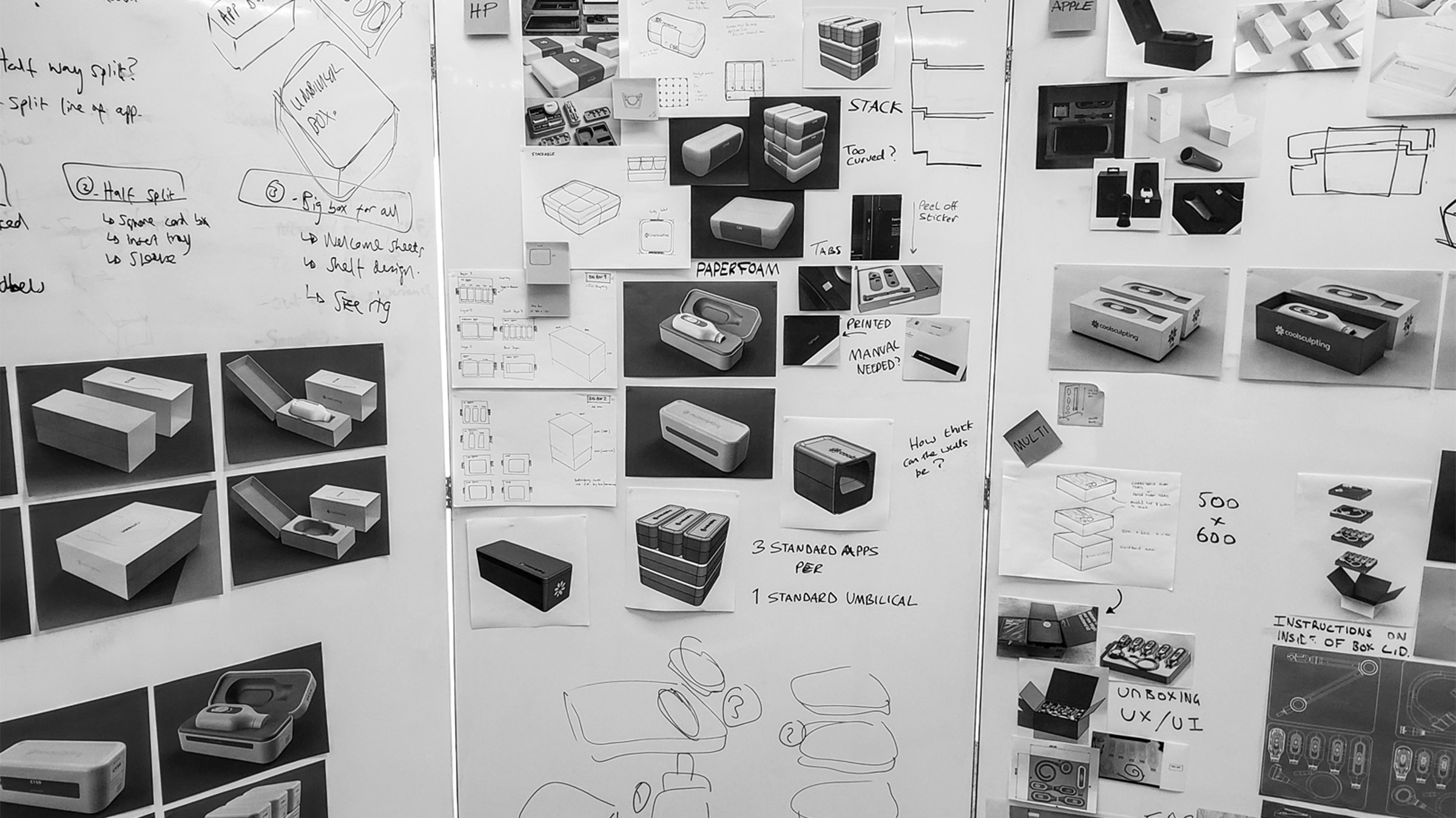Why (and how) we’re reducing the impact of packaging in product design
When looking at product design, one critical component we can’t ignore is the packaging. In recent years, designers have come to see packaging as an opportunity or an additional ‘extra’ when designing a product; whether it’s using sustainable materials for a lower environmental impact or treating it as a design feature that is comparably as important as the product it holds; packaging has taken on its own value.
To find out more about the role and impact of packaging within product design, we interview Josh James, Design Consultant…
“Broadly speaking, product packaging can have a significant environmental impact on our natural world,” Josh begins. “Throughout the whole lifecycle of packaging, there are so many opportunities to make harmful choices. This could include sourcing raw materials like finite resources or using fossil fuels to formulate materials, but just processing and transporting materials is a huge cause of carbon emissions, too.
“The production phase also creates a lot of hidden, unusable waste that we may not see as consumers. And if harmful chemicals are used within production, they might be dumped unethically, or they could inadvertently produce negative by-products. Suddenly, the concept of ‘packaging’ can become a serious issue for the environment if poorly managed.”
So it’s not just about the ‘recyclability’ of a product’s packaging when you’re disposing of it (although that definitely matters too).
“The general public are definitely aware of what happens at the ‘end of life’ for a piece of packaging, but I think often more of the damaging work is done before this stage, during processing and sourcing. The lifecycle of the packaging can be enough to destroy natural spaces and cause an unnecessary carbon footprint,” Josh explains.
The concept of ‘packaging’ can become a serious issue for the environment if poorly managed.
Josh James | Design Consultant | PDR
That’s why it’s often up to us - as product designers - to ensure we’re integrating sustainable, eco-friendly materials where possible.
“Naturally, we designers feel a sense of responsibility to make more sustainable choices in our work; ultimately our decisions have a big impact on the natural world. We try to consider all stages of the production to try and reduce that impact where possible.“
At PDR, we’ve often designed specific packaging for products with clear environmental objectives in mind - and we’ve repeatedly incorporated greener materials into packaging where we could. “This is always balanced with our clients’ briefs and the feasibility of what it is we’re producing, of course - but as long as we’re trying to shoot for something better, as overall that’s just what we have to do,” Josh summarises.
One barrier to producing lower-impact packaging can be the misconception of cost. “Often we seem to assume that sustainable design is more expensive, yet of a lower quality,” Josh continues. “But in our experience, it's been quite the opposite - the designs have been better than what came before, and better for the environment too.”
Often we seem to assume that sustainable design is more expensive, yet of a lower quality, but in our experience, it's been quite the opposite - the designs have been better than what came before, and better for the environment too.
Josh James | Design Consultant | PDR
When looking at examples of reducing packaging’s impact, Josh offers our recent work on the V3 applicators for the CoolSculpting Elite system.
“The existing packaging was huge, expensive and predominantly made using non-recyclable materials. The client produces several thousands of units a year so it was a chance to really do some good. Our final designs used sustainable material alternatives with a high recyclable content, but - perhaps most importantly - they incorporated a simple swap to a paper-based internal structure within the unit itself. Just by doing this, we successfully saved 40,000m³ of plastic foam from heading to landfill every year.”
But that’s not all - we also reduced the overall packaging size by 60%, and the weight by 2.5kg per unit. By making the product smaller and lighter, the design passes on savings on the fuel for transport, on energy for storage and on costs of production. “In fact, we calculated that the client will save over $2,000,000 dollars annually - just by switching to this new style of packaging.”

“Just like we proved with CoolSculpting Elite, there are huge opportunities for us to do good in this sector. We’re always keen to make our mark on more packaging-specific projects - and we’re excited to push our concepts further for the betterment of design and the planet.”
Next steps
If you’ve got a product or project idea, please get in touch - alternatively, read our latest news.

